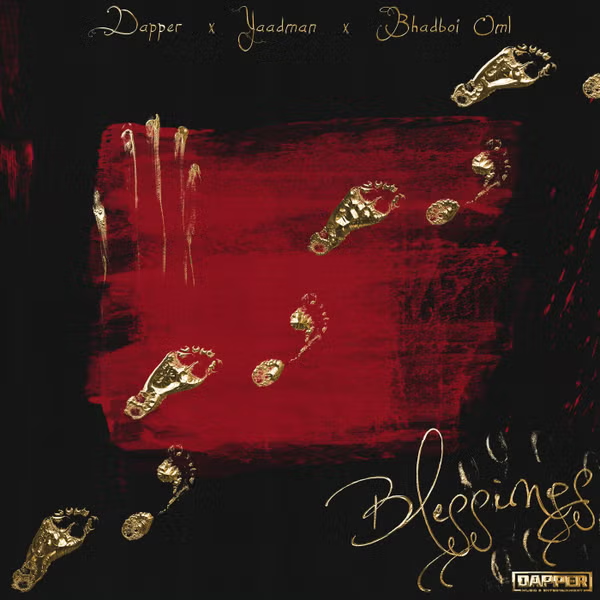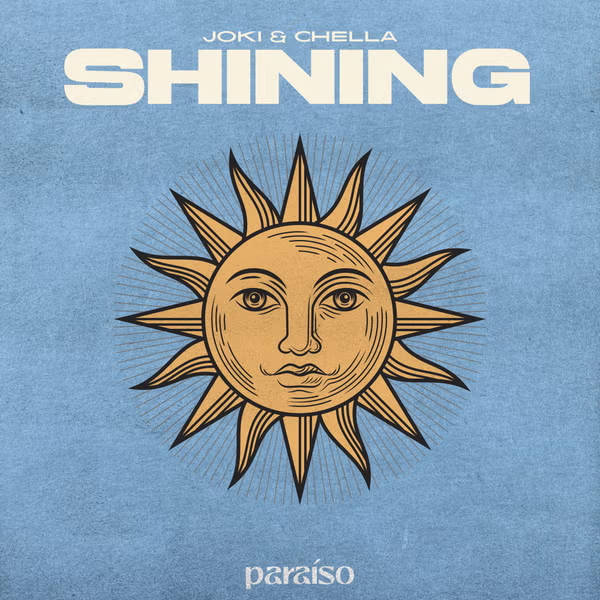We may have heard about Mauritius, but never had good enough reasons to to visit the beautiful Island country. There are a host of reasons to consider visiting Mauritius if the family is planning its summer vacation trip.
One of such is what Mark Twain describes in this sentence, “Mauritius was made first, and then heaven, and that heaven was copied after Mauritius.”
The island country of Mauritius lies in the Indian Ocean east of Madagascar.
Its estimated size is twice the size of H0ng K0ng and has just about one million residents. There are so many natural aesthetics to enjoy when in Mauritius.
The small population compared to the size of the country does not make the place congested and no doubt Mauritius has become a tourist mainstay on the continent and tourism has been a key factor in its development.
Mauritius is one of the few countries in the world that was actually populated from scratch by “foreigners”, so the blend of cultures and traditions makes the island unique.
The demographics of Mauritius has stayed true to this historical incident. Indian-Mauritians are in the majority, followed by African-Mauritians and then Europeans.
This composition has created a unique culture, from language to religion.
Most of the population speak Mauritian Creole, a French-based language with words from English, continental African and south eastern Asian languages.
The island country’s clear blue waters, long mountain ranges, lush planes, and stunning waterfalls have made it an exclusive tourist destination for many from Europe. The island was once the home of the extinct Dodo bird.
In honor of the island country’s independence, here are many reasons more to visit Mauritius.
Food
If you are in search of one of the most diverse cuisines in the world, then Mauritanian cuisine will do it for you. It ha
s influences from Indian, French, Asian and African food that consummate to create amazing and unique flavors.
Be on the lookout for fish vindaye chicken or fish kalia (mixed with vegetables) daube and mutton halim (a soup) which a traditional tomato-based chicken stew and a local take on Indian vindaloo whenever you visit any restaurant.
When it comes to snacks dhal puri, a traditional flatbread filled with spicy ground split peas and served with chutney is quite popular.
There are some lovely fruits like mango, lychee, papaya, guava, star fruit, sweet sops (with a green bark with oval coarse grains and delicious flesh).
They also have custard heart, passion fruit, golden apple (fruit de Cythère), tamarind, sour sops, avocado, jamrosa, bibasse, longan, jamalac, jackfruit (large oval fruit) and the classics like banana, pineapple, watermelon and melon.
Sega
One of the most popular traditional dances on the Island Country is Sega, a dance that was originated in Africa. The mu
sic that goes with the dance is sang in Creole. The dance begins slowly with a solemn tune that picks up tempo and becomes more animated along the way.
Only three instruments are used to create the music, the ravanne, the maravanne, and the triangle, however, they are
gradually being replaced with the modern orchestra ensemble. That notwithstanding, the coastal villages still stick to the traditional instruments.
Festivals
There are so many festivals celebrated in Mauritius mostly based on the religions in the island country.
For instance, the Hindu pilgrimage in Mauritius is one of the largest outside India. About 500,000 people visit in February for a pilgrimage to Grand Bassin on foot. It is a lake by which the gigantic statue of Lord Shiva (Mangal Mahadev) stands.
Also, there’s the festival of lights, Diwali that is celebrated in autumn. Sweet Potato lovers can also visit durin
g the feast on gâteau patate – sweet potato and coconut cakes made and offered as gifts between families and neighbours, a great time to mingle with the locals.
Other festivals include Ugadi, Chinese New Year, Thaipusam and Ganesh Chathurthi, all these offer insights to the diverse cultures that make up the fabric of society in Mauritius.
Island trotting
The volcanic main island of Mauritius is ringed by coral reefs; there are also several smaller islands. What bett
er way to enjoy the island than boarding a ferry or catamaran ride to all the smaller islands? It’s a great way to appreciate the country at the same time taking an adventurous trip with the family.
Some of the smaller islands include Ile aux Cerfs, Ile aux Aigrettes, Ilot Gabriel, Ile d’Ambre, Ile au Ronde,
Ile Benetiers, Ile de deux Cocos, Coin de Mire and Flat island.
Nature
Most of the land is uninhabited because the population is just about one million, this lends to the island’s rich natural reserves and botanical gardens. There are about a dozen nature reserves and botanical gardens.
There are also waterfalls, tropical forests and mountainous vistas that can be explored.
One of the oldest botanical gardens in the southern part of the island, Sir Seewoosagur Ramgoolam Botanical Gard
ens in Pamplemousses has 500 species of plant, as well as giant water lilies and more than 80 types of palm.
In the Île aux Aigrettes, off the southeast coast of Mauritius, there are endemic species like pink pigeons and kestrels including giant tortoises.
The UNESCO World Heritage Site of Le Morne Cultural Landscape, with a view called Maconde, is an extrao
rdinary mountain that protrudes from the ocean; its peninsula protected runaway slaves in the 18th and 19th centuries.
































